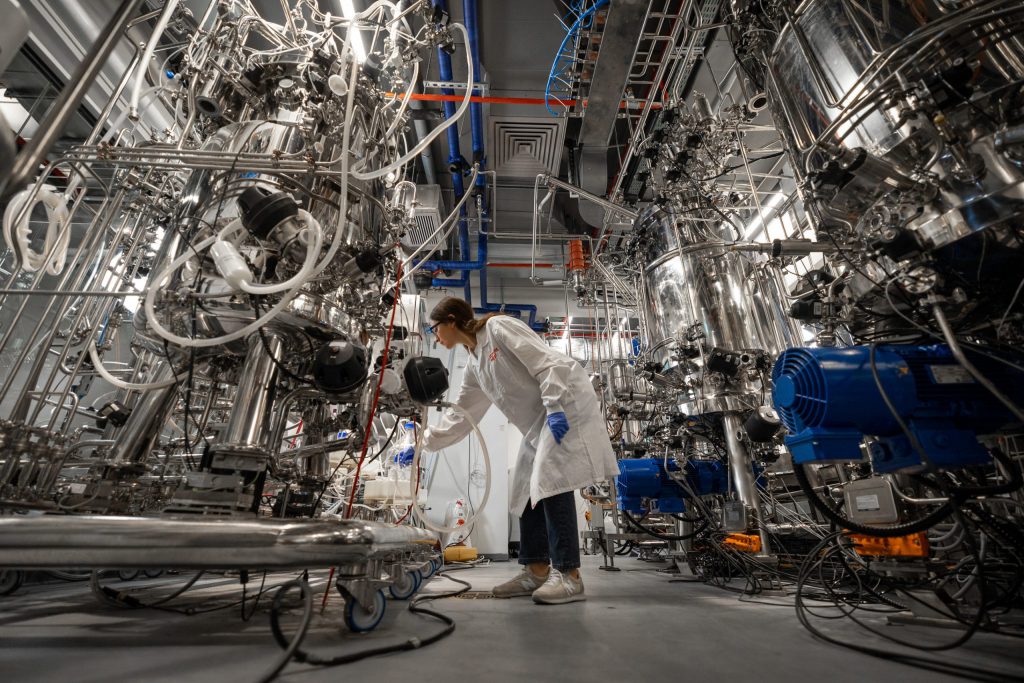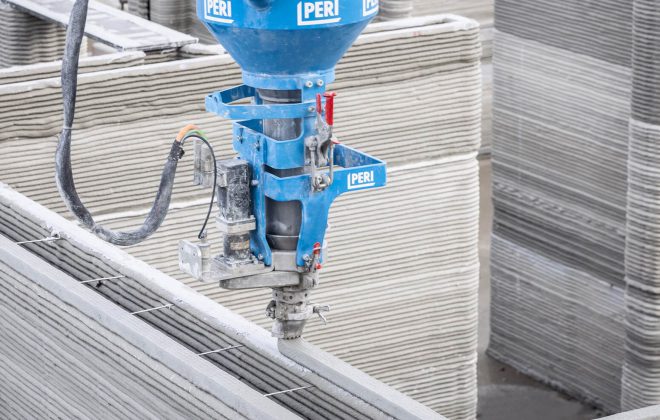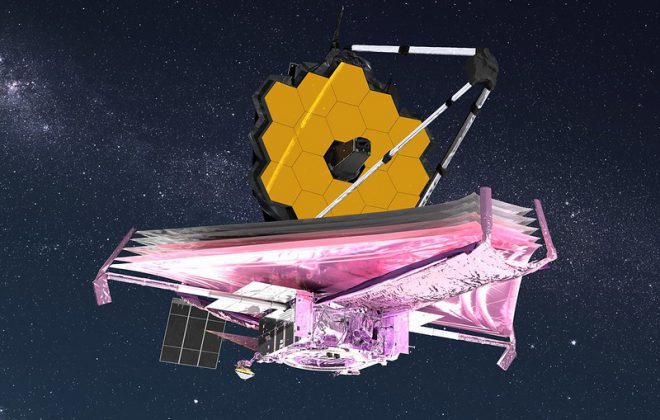Technologies that are helping combat the climate crisis
The world has finally reached a point of realisation: that climate change is a threat to humanity. Day-by-day, fossil fuel emission after emission, the Earth’s global temperature is increasing. It is believed that our planet’s temperature has already risen more than 1 degree Celsius since the pre-Industrial era.
Around the world, people are already feeling the effects of global warming, from severe storms to increased droughts, rising sea levels and loss of species, just to name a few. It’s a battle that humanity is currently losing due to ignorance and complacency.
But through the use of innovative technologies, people and countries can turn their new-found realisation of the climate crisis into action. In this article, I’ll discuss powerful technologies that will help slow the current change in climate.
1. Solar panels and wind turbines

This isn’t a relatively new or unheard-of technology, after all, they’ve been around for decades, but it is perhaps the most impactful technology there is to combat climate change.
Scientists have primarily blamed the rise of the average temperature of the Earth on man-made emissions of greenhouse gases which trap heat. Carbon dioxide is by far the most emitted greenhouse gas.
In 2018, 89% of global CO2 emissions came from the burning of fossil fuels. Imagine how much less global CO2 and greenhouse gas emissions were if we used solar panels and wind turbines for energy, as opposed to fossil fuels like coal and natural gas.
Plus, apart from not emitting greenhouse gases, another advantage of these technologies is that they are renewable sources of energy.
Solar panels and wind turbines are the keys to providing clean energy and it is vital that we unlock these technologies’ potential in order to combat climate change.
2. Carbon capture

Carbon capture involves capturing, transporting and storing greenhouse gas emissions from fossil fuel power stations by injecting the gases back into the ground. An interesting example of this is the Net Zero Teesside (NZT) project.
The NZT project aims to capture CO2 produced in fossil fuel power stations and transport them via a pipeline several kilometers beneath the North Sea.
This new technology typically has a 90 percent efficiency as of now, which means 90 percent of the greenhouse gases will end up being stored underground. The problem is, there are only 135 commercial carbon capture facilities, with only 27 fully-operational, which isn’t making much of an impact.
Carbon capture technology is still in its early stages, and hopefully in the future it will have a wider role in suppressing greenhouse gas emissions.
3. Lab-grown food

Meat has a much higher energy footprint than any other food type. In fact, it takes 75 times more energy to produce than corn! Also, cows are one of the leading emitters of methane, a greenhouse gas 85 times more heat-trapping than CO2. That’s why some start-ups have begun to create fake meat in labs.
They’ve discovered that animals and plants share a common protein called ‘heme’. By extracting this protein from plants, the product can be coloured, shaped and even cooked like a normal piece of meat!
The thought of a ‘fake meat’ made from a lab can sound frightful. But this may well end up being the future due to the harmful effects of cattle emissions and the energy needed to produce meat.
In an interview with MIT Technology Review, Bill Gates said that:
I do think all rich countries should move to 100% synthetic beef.”
4. Energy-efficient products

Greenhouse gases are released due to our constant demand for energy. Therefore, by reducing the amount of energy we use, we can reduce the amount of greenhouse gases being released.
Energy-efficient products will allow us to achieve this goal.
The European Union has recently established an energy labelling scheme that rates a product depending on how energy-efficient it is. In doing so, consumers know which products will allow them to save money on their household electricity bills, and consequently reduce the amount of energy being used.
The energy savings may be small individually, but they can have a big overall effect over the course of a year.
In the end, these are some of the technologies that could help solve the climate crisis in the years to come. Electric vehicles is one key technology that has already begun to make waves around the world which I haven’t mentioned. In fact, cars are among the biggest emitters, so electric cars are vital to suppressing global warming.
This article exposes the great power of technology and the human mind. Hopefully these innovations will help save the planet from its biggest threat, global warming.
- AI is the biggest technological breakthrough of the 21st century - January 19, 2022
- 3D printing is the future of the construction industry - January 14, 2022
- The top 5 tech that caught my eye in CES 2022 - January 10, 2022










